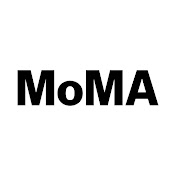
Karnak, Les Pylônes d'Horus
1860s
Henri Béchard
Henri Béchard (French)
Photography
Karnak, Les Pylônes d'Horus, 1860s. Henri Béchard (French). Albumen print from wet collodion negative; image: 26 x 37.2 cm (10 1/4 x 14 5/8 in.). The Cleveland Museum of Art, Gift of Tom E. Hinson and Diana S. Tittle 2018.252 This desolate view of the remnants of the monumental gateway flanked by figures of the god Horus, usually depicted as a falcon-headed man, emphasizes the sense of discovery that must have been felt by tourists visiting Egypt in the 1860s. A tiny figure at the lower right testifies to the monumental scale of the ruins. Karnak is the second most visited tourist site in Egypt after the pyramids of Giza.
- Maker/Artist
- Béchard, Hippolyte
- Classification
- Photograph
- Formatted Medium
- Albumen print from wet collodion negative
- Dimensions
- Image: 26 x 37.2 cm (10 1/4 x 14 5/8 in.)
- Inscribed
- Inscription: Imprinted in white in lower right corner of image: “H. Béchard” Inscription: Imprinted in white in lower left corner of image: “No. 93 Karnak. Les Pylônes d’Horus.”
- Departments
Have a concern, a correction, or something to add?













